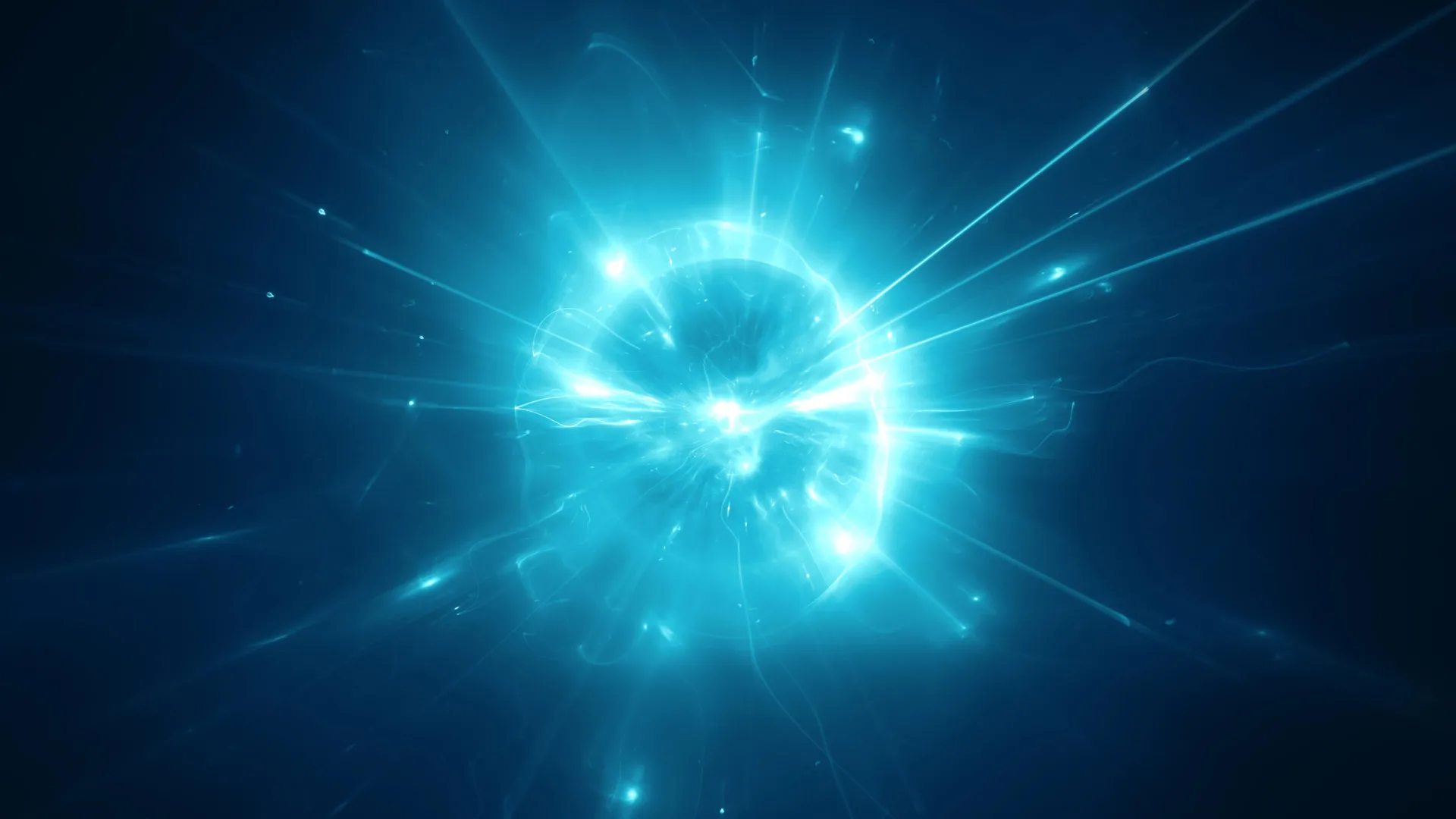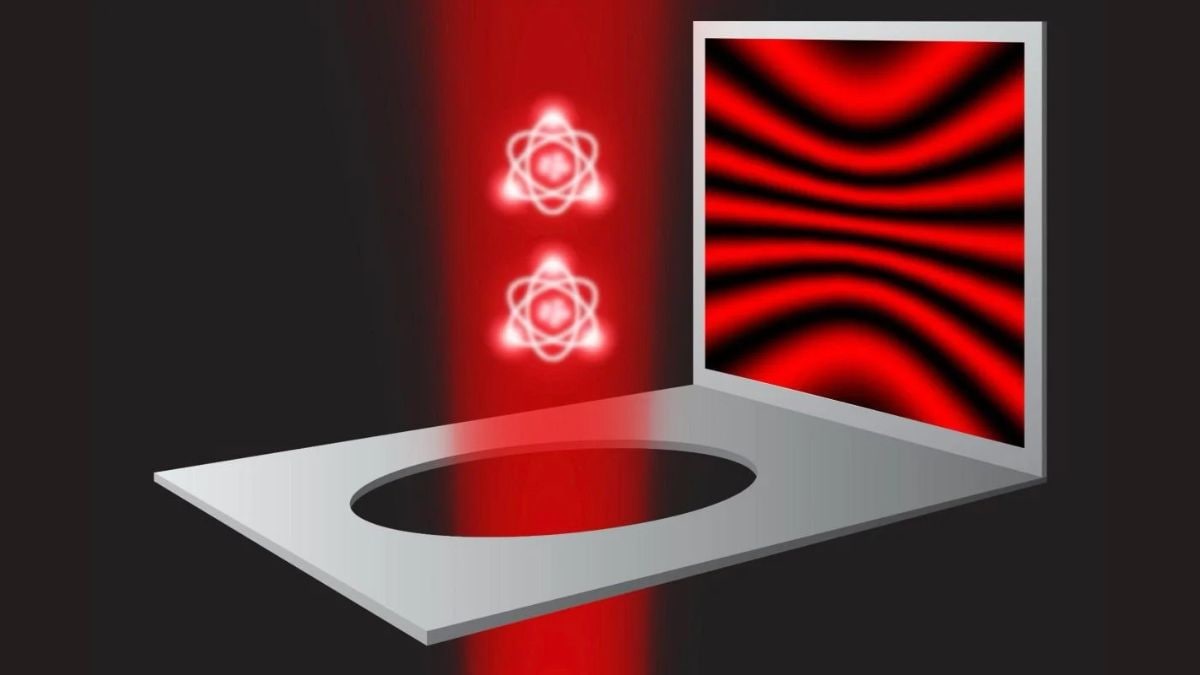Scientists Unveil a Shocking New State of Matter: Quantum Liquid Crystal!

What if I told you that scientists have just discovered a brand new state of matter that defies everything we thought we knew about solids, liquids, gases, and plasmas? Welcome to the world of quantum liquid crystals—a quantum state that could revolutionize future technology!
In a groundbreaking study recently published in Science Advances, a team of researchers led by Rutgers University has made a fascinating discovery that could change the way we understand matter itself. This new quantum state arises at the interface of two exotic materials, creating a 'sandwich' of possibilities that brings to light unique and complex interactions.
The research focused on the interaction between a conducting material known as Weyl semimetal and an insulating magnetic material referred to as spin ice. Each of these materials has captured the attention of physicists for their individual extraordinary properties, but it’s their interaction under extreme magnetic fields where the real magic happens.
According to Tsung-Chi Wu, who just earned his Ph.D. and is a lead author of the study, “Although each material has been extensively studied, their interaction at this boundary has remained entirely unexplored.” This means that there are realms of quantum mechanics that scientists haven’t even begun to tap into!
The experiments revealed that when these two materials come together, they exhibit what is known as electronic anisotropy. This rare phenomenon means that electricity doesn’t flow uniformly; instead, it travels differently depending on the direction. Imagine trying to navigate a city where the roads only allow you to drive in certain directions—you'd have to plan your route very carefully!
When subjected to high magnetic fields, the electrons in this new quantum state begin to flow in two opposite directions simultaneously, a surprising behavior linked to what’s termed rotational symmetry breaking. These findings could have vast implications for how we harness quantum materials, potentially leading to ultra-sensitive quantum sensors that can operate in extreme conditions, like outer space or within massive machines.
Weyl semimetals enable electricity to flow with incredible speed and zero energy loss thanks to a special type of particle called Weyl fermions. On the flip side, spin ice materials behave uniquely, with their magnetic moments arranged in a way that strikingly resembles hydrogen atoms frozen in ice. Together, they create what scientists refer to as a heterostructure, composed of incredibly thin layers of distinct materials.
In the ever-expanding universe of physics, new states of matter often emerge under extreme conditions—like very low temperatures, high pressures, or intense magnetic fields. Experiments like these not only broaden our understanding of material science but could also unlock secrets of matter that go beyond the four states we're all familiar with.
As Wu excitedly puts it, “This is just the beginning.” With a treasure trove of new possibilities waiting to be explored, the physics community is poised on the brink of a revolutionary frontier. The team is motivated to continue their research, delving deeper into this uncharted territory.
This remarkable study relied on a multitude of experimental techniques, spearheaded by Jak Chakhalian, a prominent figure in experimental physics, as well as theoretical guidance from Jedediah Pixley and his team. Their collaboration is a testament to the power of teamwork in science, taking over two years to refine and perfect the experimental results.
Most of the groundbreaking experiments took place at the National High Magnetic Field Laboratory (MagLab) in Tallahassee, Florida, where researchers had access to the necessary conditions—ultra-low temperatures combined with high magnetic fields—to observe these fascinating phenomena.
Chakhalian reflected on the collaborative effort, stating, “The experiment-theory collaboration is what really makes the work possible.” The synergy between various scientific disciplines is crucial in pushing the boundaries of what we can learn about the universe.
In a world where the mysteries of matter continue to unfold, this new research provides a glimpse into the future of materials science, where we might not just learn about existing states of matter but invent entirely new ones!




























